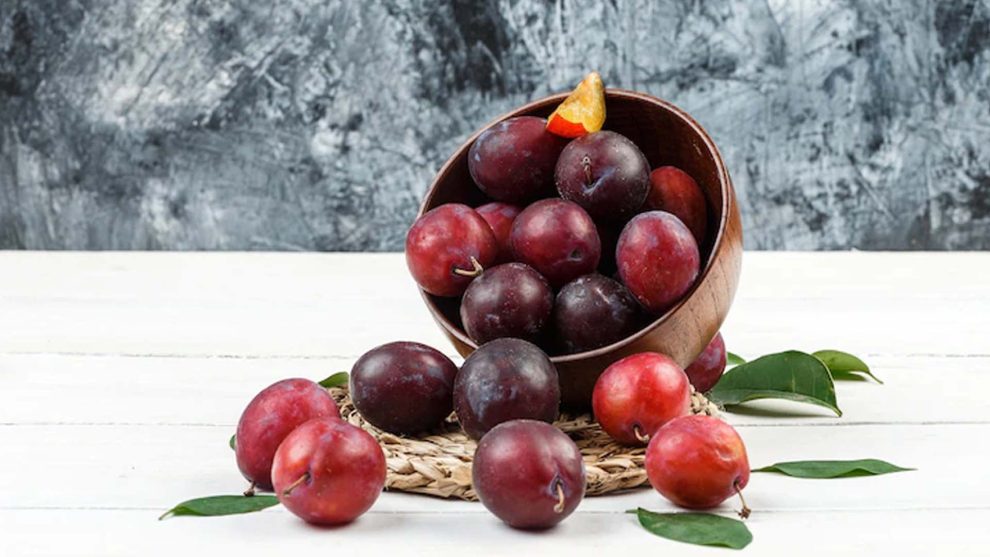Plums are delicious and versatile fruits that come in a variety of colors and flavors. They are not only a delight to the taste buds but also offer numerous health benefits. In this blog post, we will delve into the world of plums, exploring their nutritional value, health benefits, and various culinary uses. From their rich antioxidant content to their culinary versatility, plums are a fruit worth adding to your diet.
I. The Nutritional Powerhouse: Plums and Their Benefits Plums are packed with essential vitamins, minerals, and dietary fiber. They are a great source of vitamin C, vitamin K, potassium, and antioxidants. These nutrients contribute to various health benefits, including improved digestion, enhanced immune function, and reduced risk of chronic diseases.
II. Boosting Digestive Health with Plums Plums are known for their natural laxative properties and high fiber content. They can help regulate bowel movements, prevent constipation, and promote a healthy digestive system. The soluble and insoluble fiber in plums also supports gut health and feeds beneficial gut bacteria.
III. Antioxidant Richness and Disease Prevention Plums are rich in antioxidants, such as phenolic compounds and vitamin C, which help protect the body against oxidative stress and reduce the risk of chronic diseases, including heart disease, cancer, and neurodegenerative disorders. The antioxidants in plums also contribute to healthy skin and may slow down the aging process.
IV. Culinary Versatility: Enjoying Plums in Various Ways Plums can be enjoyed in a multitude of culinary preparations. They can be eaten fresh as a snack, used in salads, incorporated into desserts, or even cooked into savory dishes. Plum jams, jellies, and sauces are popular choices, and dried plums, or prunes, are often used in baking and cooking.
V. Exploring Plum Varieties and Seasonality Plums come in a range of varieties, each with its own unique flavor profile and characteristics. Some popular plum varieties include Santa Rosa, Black Beauty, and Damson plums. The availability of plums varies by region and season, with peak harvest times typically falling in the summer months.
VI. Tips for Selecting and Storing Plums When selecting plums, look for fruits that are firm yet slightly soft, with vibrant colors and a pleasant aroma. Avoid plums that are overly soft or have bruises. Plums can be stored at room temperature until they reach the desired ripeness and then refrigerated to prolong their freshness.
Conclusion: Plums are not only a delicious fruit but also a nutritional powerhouse with a range of health benefits. Their high antioxidant content, fiber, and essential nutrients make them a valuable addition to a well-rounded diet. Whether enjoyed fresh, cooked, or preserved, plums offer versatility in the kitchen and can be incorporated into a wide array of culinary creations. So, next time you’re looking for a nutritious and flavorful fruit, consider reaching for plums and reap the benefits they have to offer.



















Add Comment